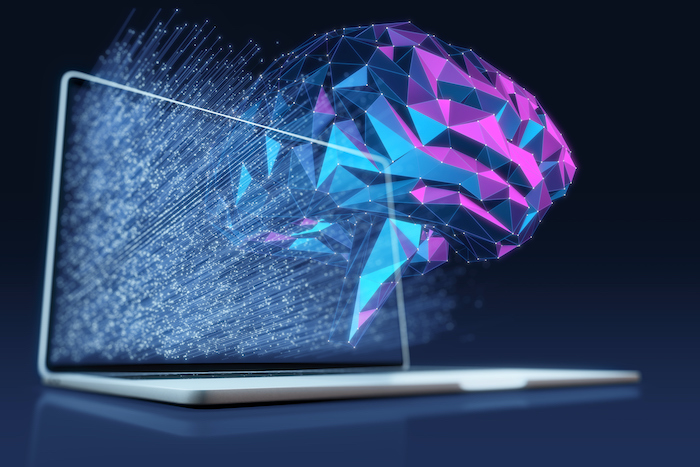The current economy is not ideal. Tariffs are affecting company budgets while the stock market continues to plunge. When it comes to requests for new technology, CIOs may be hearing ‘no’ much more often than they hear ‘yes’.
However, innovation is integral in any job market, and it could be challenging without the right tools. Fortunately, there are ways to maintain innovation despite budget cuts. CIOs are prioritizing, integrating sustainability, and focusing on doing more with less to meet their company’s goals.
Prioritizing Technology Needs
Considering limited budgets, CIOs must determine which technology they need and which they can do without. Experts recommend focusing on customer and employee experiences.
Customer Experiences
Customers are the lifeblood of your company. They are responsible for revenue generation. Organizations must prioritize making them happy with better products and improved services.
Various technologies improve customer service, including:
- Data Collection, which provides insight into customer preferences and behavior
- Chatbots and virtual assistants that offer answers 24/7
- AI, which can track packages and delivery times
- Self-service portals that allow customers to find answers on their own
- Customer relationship management systems that support a personalized approach
Employee Experiences
Organizations must also integrate technology that benefits employees to ensure productivity and top-notch customer service. Integral tools include:
- Collaboration tools like workspace platforms and intranets keep everyone on the same page
- Learning management systems that ensure workers are updated on the latest technology
- AI and robotics that minimize errors and make systems more efficient
An Emphasis on Green Technology
CIOs who set their sights on green technology may have more success obtaining approvals for new system requests, as they often lead to long-term cost reductions. For example:
- Cloud computing: This data storage solution can improve energy efficiency and minimize hardware requirements
- Virtualization: Consolidating physical servers into virtual machines can improve efficiency
- Energy Efficient Hardware: Choose computers, printers, and other IT equipment that meet energy-efficient standards
- Energy-Saving Servers: Given the high energy consumption associated with data storage, many companies are investing in energy-saving servers that utilize water and liquids to cool systems, rather than heat transfer. Note that liquid-cooling systems are relatively new, and your IT team may require special skills to maintain them. Ensure this move will lead to long-term savings before making the switch.
When requesting this equipment, demonstrate potential cost savings to stakeholders to increase the likelihood that your request will be approved.
Doing More with Less
CIOs may prioritize and go green, but they may experience the most success by doing more with less. They must choose cost-effective technologies and optimize current systems to achieve greater efficiency. Here are some suggestions.
- Retire Legacy Systems: Some organizations hold on to legacy systems long after their usefulness has expired, often to avoid the initial and associated expenses of transitioning to a new system. However, when systems get old, they slow down, reduce efficiency, and require expensive maintenance. Switching may be a cost-effective solution.
- Augmentation Over Replacement: Although some systems may require replacement, others have the potential for augmentation. Adding new functionality to current systems may be the most efficient solution. For example, you may add analytics to your billing system or streamline communications systems into a more streamlined model.
- Expanding Digital Self-Service: According to Gartner research, a self-service customer interaction costs organizations about 9 cents each, while live agent assistance costs closer to $14. Therefore, investments in these processes could be beneficial. However, not every customer query can be addressed through digital methods. You must consider satisfaction rates to achieve the ideal balance of human and AI services.
- Prolong Your Hardware Refresh Cycle: Most hardware requires a replacement within 3 to 5 years. Rather than automatically replacing them at this juncture, consider extending their lifespan by one to two years, provided they meet security requirements and do not require extensive maintenance. Consider aligning your refresh cycle with your cloud strategy, as some hardware that is due for a replacement may be a candidate for cloud migration.
- Expand IT Automation: AIOps is a growing trend that combines big data and machine learning to automate IT operations. It has the potential to increase efficiency and does not require a considerable learning curve. The technology can reduce errors and identify potential outages before they occur, thereby minimizing downtime.
Want to learn more about achieving success when times are tough? Sign up for our newsletter today.



0 Comments